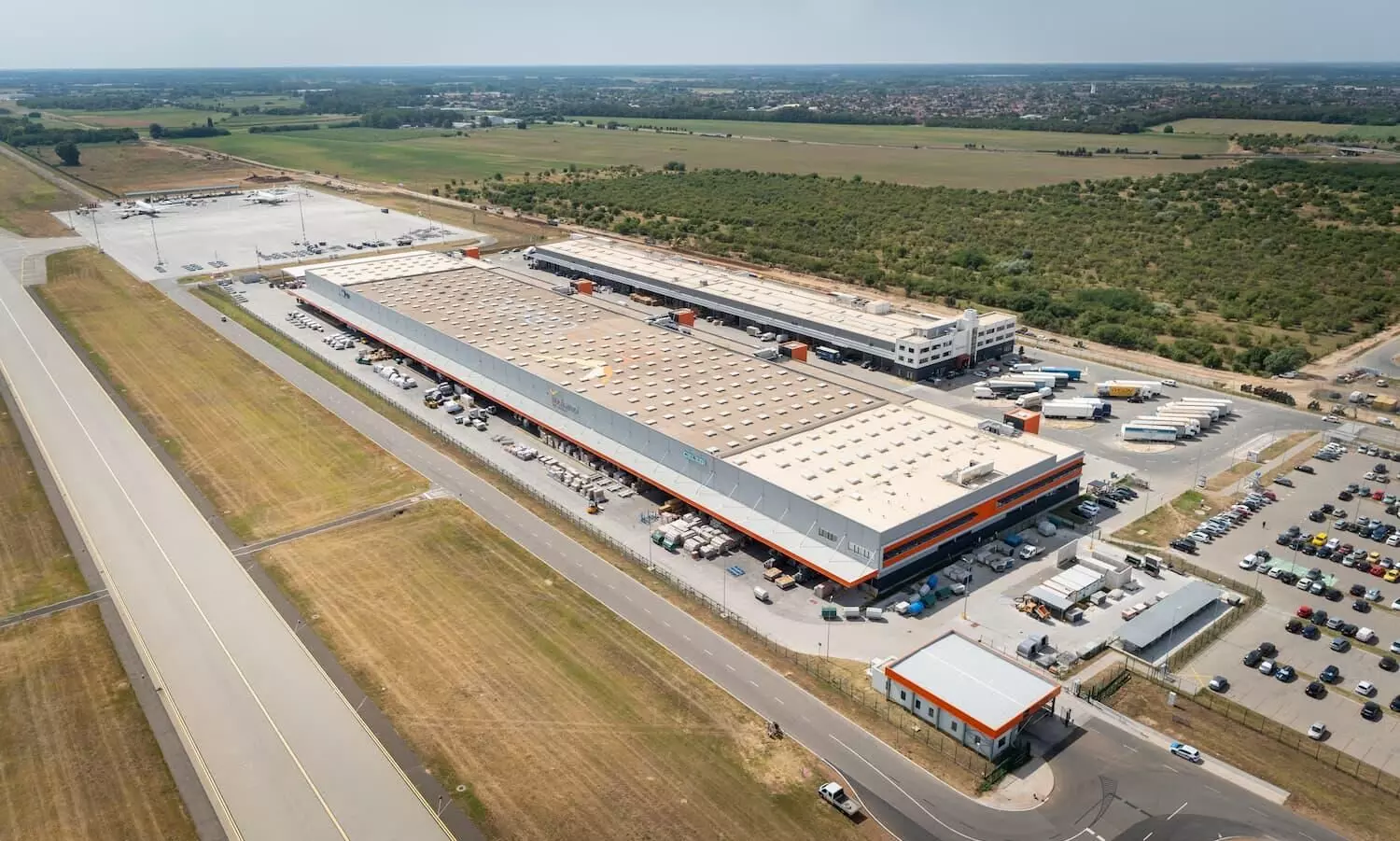
Budapest Airport: Air freight gateway for Central, Eastern Europe
Budapest Airport, part of the VINCI Airports network, recorded 48.8% growth in cargo handled in 2024.

Budapest Airport continues to strengthen its position as a strategic air cargo hub in Central and Eastern Europe, driven by a clear focus on infrastructure development, network expansion and the adoption of international best practices.
With a robust cargo community and strong collaboration with industry partners, the airport has achieved record growth in cargo volumes. These efforts underscore Budapest Airport’s commitment to delivering efficient, reliable and future-ready air freight solutions for regional and global markets.
Budapest Airport, part of the VINCI Airports network, recorded 48.8 percent growth in cargo handled in 2024, with a similar upward trend continuing into early 2025, handling 341,000 tonnes between May 2024 and April 2025.
The performance is built on three consistent pillars: cargo-related infrastructure developments, expansion of the air cargo transport network and the development of the cargo environment.
The airport's capacity upgrade has been further supported by a strategic emphasis on optimising its existing cargo facilities. Powered by VINCI Airports - Budapest Airport’s 20 percent owner and a global operator - the airport is implementing international best practices to boost operational efficiency.
Launched in 2020, the BUD Cargo City was expanded in 2023, increasing its annual handling capacity to 300,000 tonnes. In cooperation with the cargo community, Budapest Airport initiated targeted capacity enhancement measures in 2024. As a result, the airport's cargo capacity has grown to 420,000 tonnes within a relatively short timeframe.
Budapest Airport has officially started the IATA CEIV Lithium Batteries certification process — a key milestone, marking the operator as the first airport in Europe to launch the programme as a cargo community. This step builds on the Budapest Airport community’s earlier CEIV Pharma certification, achieved to ensure the safe handling of pharmaceutical shipments.
Budapest Airport’s freighter connectivity is among the most robust in the region. Major partners include Cargolux, offering connections to Hong Kong and Luxembourg - an essential hub for North American and global traffic. While Turkish Cargo links Budapest Airport to its global network via Istanbul, Qatar Airways Cargo connects the airport to Doha, providing smooth access to markets across Asia, Africa and the Americas.
Daily flights from Sichuan Airlines are complemented by regular services from China Cargo Airlines, Air China Cargo, SF Airlines and Hong Kong Airlines, ensuring the seamless handling of both e-commerce and general cargo flows. This is further supported by flexible charter operations from carriers such as FlyMeta, Longhao Airlines, Ethiopian Cargo, MyFreighter, Georgian Airways and Atlas Air. The recent launch of Hungary Air Cargo has added dedicated freighter capacity to China, offering highly competitive export solutions.
Integrators such as DHL, FedEx and UPS operate multiple daily services, ensuring rapid and reliable global deliveries. The airport now supports over 80 dedicated freighter flights each week, making it one of the region’s top choices for air cargo connectivity.
The belly cargo segment has also seen strong growth. Emirates and Korean Air offer widebody belly cargo capacity to Dubai and Seoul, respectively. In parallel, Hainan Airlines (Shenzhen), Shanghai Airlines (Shanghai, Ningbo), Air China (Beijing) and China Southern (Guangzhou) supplement freighter services with significant lower-deck capacity.
In 2022, Ferenc Liszt International Airport won the Cargo Hub of the Year award by Air Cargo News Awards and in 2024 also won the Cargo Airport of the Year - Europe award in Singapore, at the Payload Asia Awards. This recognition reflects the strength of Budapest Airport’s comprehensive air cargo network, which offers unmatched connectivity to Asia, the Middle East, the Americas and beyond.

